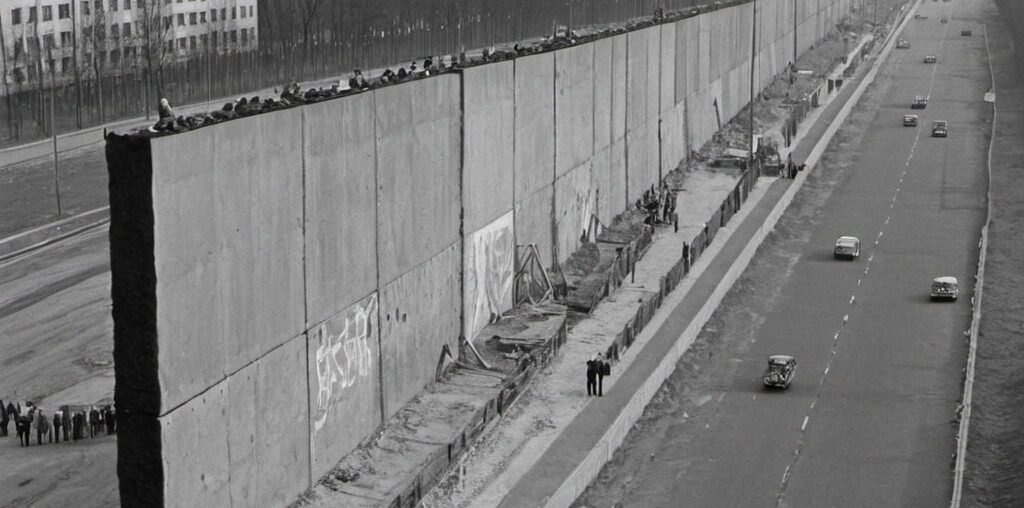Introduction to the Berlin Wall
August 13, 1961, marks a significant date in world history. This was the day the Berlin Wall’s construction began, a structure that symbolized the deep division between East and West Germany during the Cold War. But what were the motives, implications, and future impact of this concrete barrier?
Background and Motives
In the post-World War II era, Germany was divided into East and West, controlled by Soviet and Western Allied forces, respectively. Tensions escalated as East Germany’s communist regime sought to prevent its citizens from defecting to the capitalist West. This led to the decision to erect a wall overnight, virtually sealing off East Berlin from West Berlin.
Initial Construction and Features
The Berlin Wall started as a barbed wire fence but quickly evolved into a complex barrier featuring concrete walls, guard towers, and fortified checkpoints. Its purpose was not just physical separation but also psychological; it became a glaring symbol of the ‘Iron Curtain’ that Winston Churchill had famously described.
Future Impact and Legacy
The Berlin Wall stood for nearly three decades, until its fall on November 9, 1989. The impact of its construction was far-reaching, influencing global politics, economics, and social structures. Its destruction became a symbol of newfound freedom and the eventual reunification of Germany. The remnants of the wall now serve as historical artifacts, reminding us of a time when the world was deeply divided.
Conclusion
The construction of the Berlin Wall in August 1961 was a defining moment with both immediate and lasting effects. It shaped not only the lives of the people in Germany but also the course of world history. Understanding its background, details, and future impact helps us appreciate the complex layers of this historical period.

